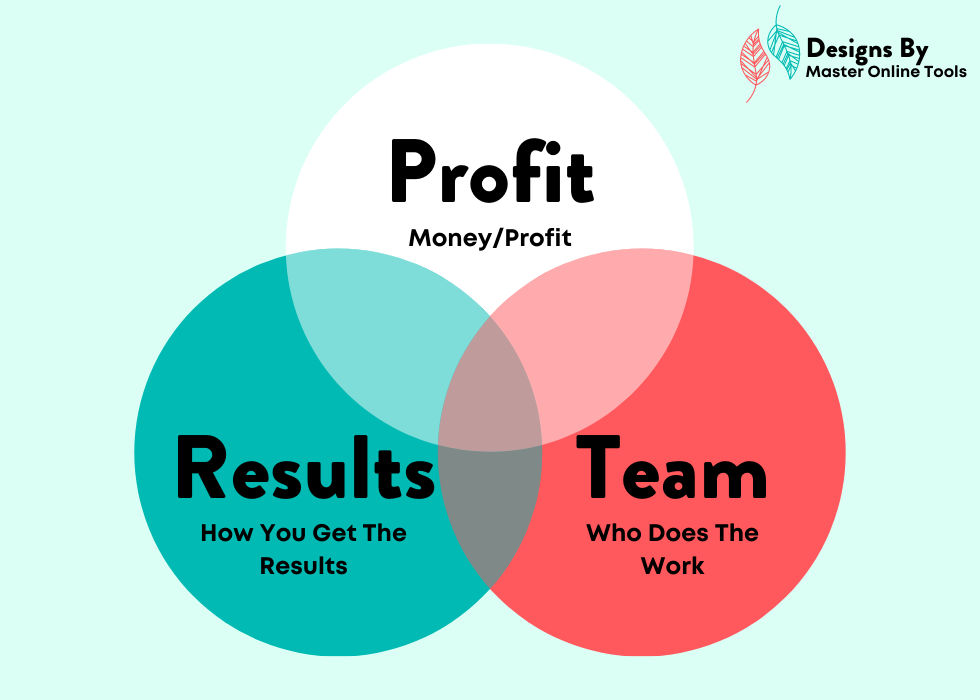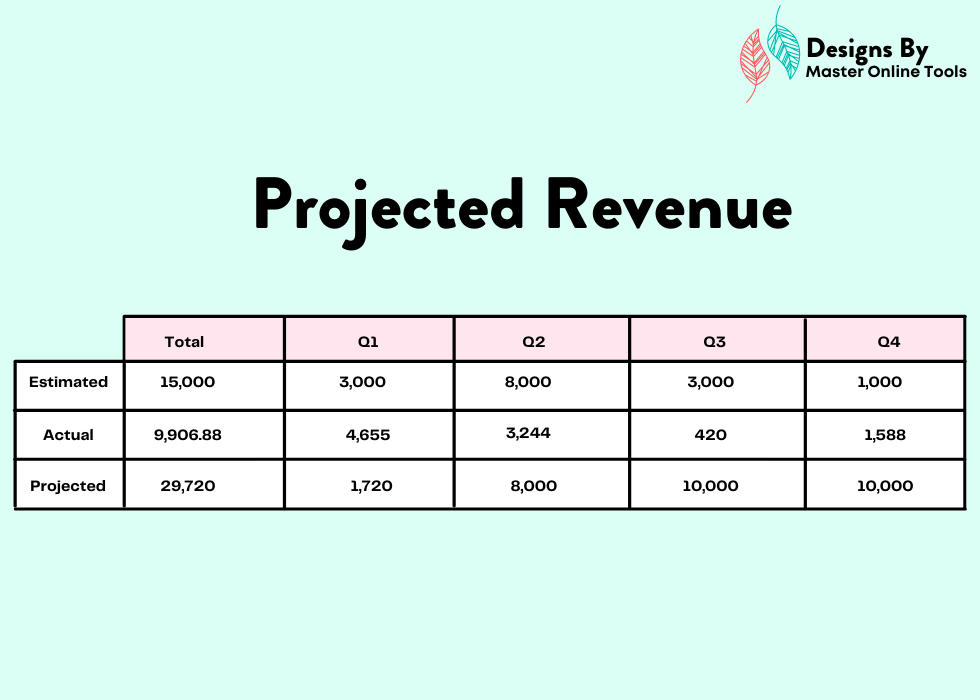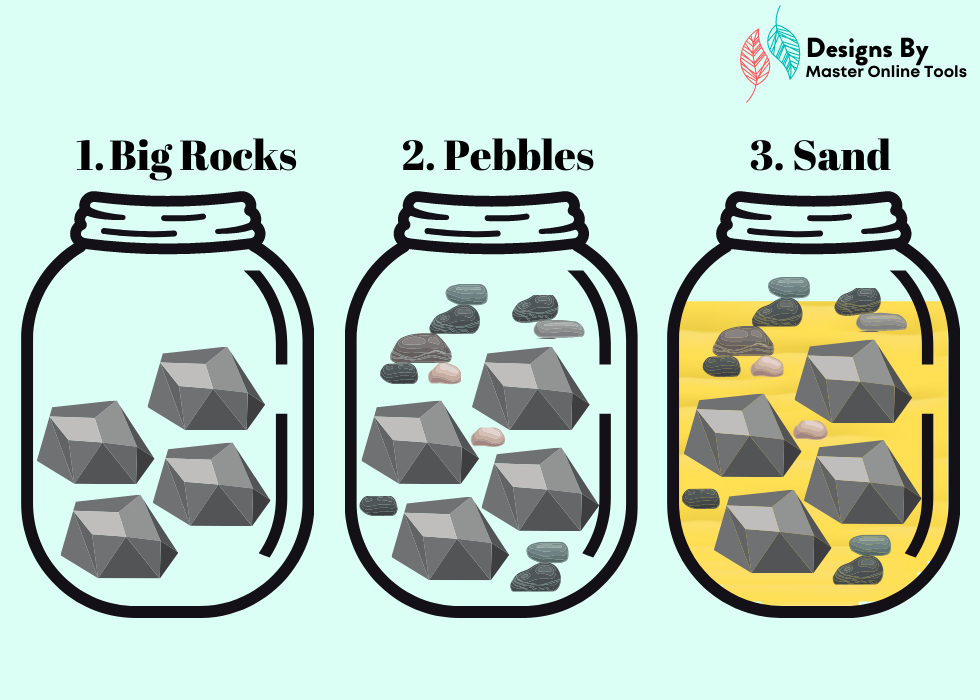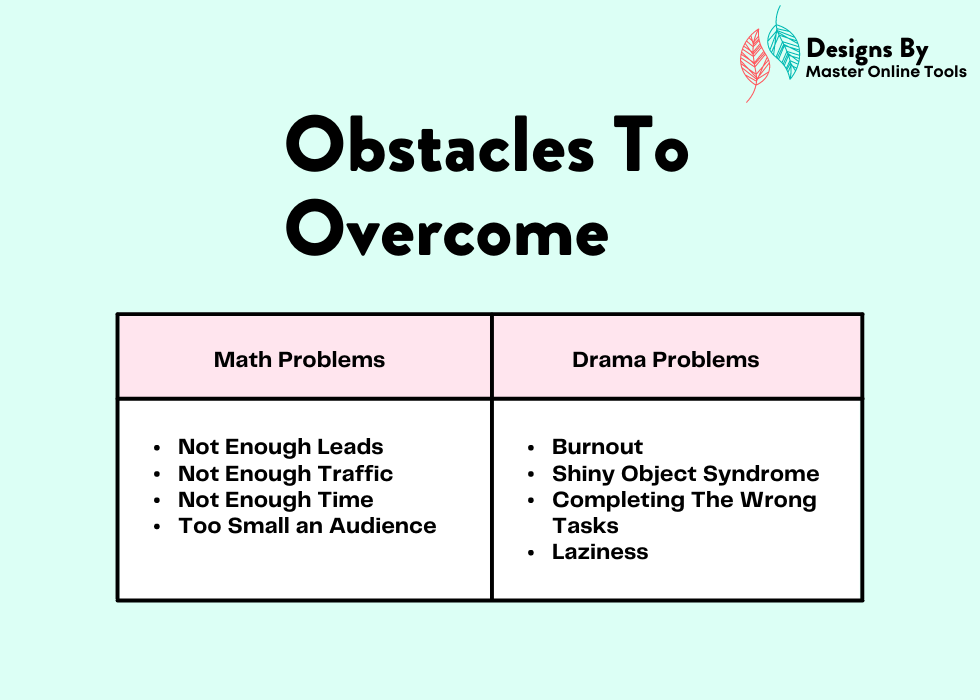
How To Create an Effective Annual Business Strategy
What is an Annual Business Strategy?
You probably hear people use annual plan and strategy interchangeable, however, they are two very different things. The annual business strategy shows the high-level goals and items that need to be reached or completed for the year, while the annual business plan helps you actually complete or reach the goals. You should always create both each year. What you want to achieve for the year and how you will achieve it. You can even put them together in the same document or presentation.
Elements of Strategy
We review the elements of strategy in their entirety in this article, however, we will briefly review them. If you want to learn more just click the link to head over to the other article. For the first element of strategy, Profit, you need to select the revenue goal for the year you will obtain. For the second element of strategy, Results, you need to figure out how many customers do you need to make that revenue goal you set. Lastly, is the third element of strategy, Team. You need to figure out how many people do you need on your team to hit your goal.
Revenue For Your Annual Business Strategy
In this section, we are going to practice your guessing skills. The goal of the revenue section is to not only track what your revenue is, was, and will be but to also get better at guessing. The more you practice guessing the better you will be at it. A lot of decisions that need to be made in your business are guesses. Sometimes they will be educated guesses and other times not so much and that is okay! We are going to break down your estimated revenue for last year without looking at the books. Then go into your books and get the actual numbers to see how close you are. Then you will project what you think your revenue will be for the year you are currently planning.
You can use Excel, Word, Canva, or paper to build a table. You’ll want six columns going across the top and 3 rows on the bottom. The first row will be your titles for each column. The first column won’t have a name. Starting from the second column the titles are, “Total, “Q1”, “Q2”, “Q3”, and “Q4”. This will be for each quarter of the year. The row titles will be “Estimated”, “Actual”, and “Projected” which are for your revenue guesses. Refer to the image above for a visual.
Estimated
For each quarter, write down your best guess of how much revenue you took in. This will be the gross amount. It’s okay not to know this off the top of your head. The amount is just the estimated revenue you think you took in for each quarter and the total amount.
Actual
Once you have finished your estimated revenue, it’s now time to check the books, Excel, QuickBooks, or a piece of paper. However, you keep track of your expenses go ahead and get the actuals for each quarter and the total for the year. How far off were you? Were you off at all? Make sure to practice your guessing skills whenever possible it will help you in the long run with your business by aiding in removing analysis paralysis. It’s all just guesses till we have answers with data!
Projected
Finally, project what your revenue will be for the next year in total and quarterly. Based on the profit goal you set yourself in the elements of strategy section divide that up into the four quarters of the year. We recommend taking a look at your actuals from last year and moving them up based on how your business works throughout the season. Let’s say you are a travel agent and you know people will not be traveling too much in quarter one of the year. You know to keep the projected revenue relatively the same as last year or maybe increase it a little. However, when quarter two rolls around you know it will spike up tremendously as people plan their summer trips. Adjust your projected revenue based on past data that you have but at the end of the day, it’s all just a guess.
If you don’t have any revenue to make your predictions off of that is completely fine. You can divide the four quarters evenly, take into account seasonality, or how long it will take you to build up your leads. This is more of an exercise than something you would present to say a board of directors!
Big Rocks
The next section of creating an effective annual business strategy is to map out the big items you need to be aware of for the year. We do this by thinking of the big rocks exercise that Stephen R. Covey made popular. The thought behind this is the most effective way to get things done in your life and your business is to start with the things you absolutely need to get done (big rocks) or your priorities. Vacations, tax season, and a product launch are some examples of big things. Then add in your pebbles/sand which are all the small things that accumulate within your life or the day to day tasks we get caught up with. Phone calls, emails, and meetings are some examples of small things.
His thinking is if you start with adding your pebbles/sand you won’t have any room to get the big rocks or top priorities into the bucket. As long as we get our big rocks in there all of the little things that pile up won’t remove the big rocks or our priorities from the bucket since we added them first. In Mr. Covey’s demonstration, he tends to fill the bucket to the top with sand/pebbles, however, I think it’s crucial to leave some space at the top to breathe, think, and decompress. You can’t run at 100% compacity 100% of the time. Make sure to leave some breathing room in your calendar to perform at your peak all year round and avoid burn-out.
Actually Building Your Big Rocks Calender
Now you want to build your 12-month calendar to manage your “Big Rocks”. Create a table with 6 columns and 13 rows. Your top row will be the titles. Your titles for each column should include “Month”, “Sales & Marketing”, “Product Operations”, “Finance Admin”, “Leadership”, and “Events”. Then for your first column that is titled “Month” starting with January, place each month in one row all the way down to December. The picture above provides a visual.
The “Month” column is the month the big rock or priority occurs in. The “Sales & Marketing” column is any big rocks that will occur for you in Marketing or Sales in your business. A product launch, an affiliate campaign, and a Black Friday sale are some examples. Then we have the “Product Operations” column. Examples of Product Operations big rocks are in-person events or how you deliver your product to your customer. Next is the “Finance Admin” column. This column would be money or admin events related to your business. Examples would be business taxes, benefits for your self/employees, or enrollment periods.
The “Leadership” category is perfect for planning your vacations or business closures. The final column is “Events”. This is where you fill in any holidays your company will be celebrating or any conferences you will be attending. For example, maybe in June, you will do a PRIDE marketing campaign with your products. For the month of June, 10% of your proceeds go to a charity. You’ll want to mark it down under Events to remind yourself to get ready for it.
Obstacles
Now we need to jot down the obstacles we will face throughout the year that could get in the way of you reaching your targets or goals. At this point, your really just going to jot down anything that comes to your mind. Anything you can think of that you will have to overcome to reach your goal. Frank Kern teaches there really are only two types of problems we face, math problems and drama problems. Create a two-column table with two rows. Label one column “Math” and the other “Drama”. Imaged pictured below for a visual.
Math
Math problems are the obstacles we face that can be overcome by logic and math. For example, “I don’t have enough leads”, “I don’t have enough traffic”, “I don’t have enough email subscribers”. A lead problem can be solved by figuring out your current conversion rate on the traffic you currently get and how many of them convert to a lead. Say you have 100 people coming to your website every day and 30 of them convert to leads. Well, you know that to get more leads you need more traffic, so if you need to get 60 leads per day, you only need to double your traffic. A problem or obstacle that can be solved with math.
Drama
Drama problems are the hardest to solve because they aren’t based on logic or something a simple equation will figure out. These are also known as mindset problems. They are the problems of doubt and fear. Imposter syndrome, shiny object syndrome, and burn out are all great examples of drama problems. These are the only problems that actually are a problem.
Say your math problem is you don’t have enough leads, right? We have already figured out the number of new traffic we need to get more leads. However, where the drama problems become an issue is in the next question “Okay, I know how much traffic I need to get to the number of leads I want, but how do I get more traffic?”. If you suffer from shiny object syndrome you will be bouncing back and forth between strategies trying to find the best way to generate traffic instead of just choosing something and working at it. You could be researching for months instead of just sitting down finding an option and getting started.
Solve The Problems
Once you have listed out all of your drama and math problems now it’s time to solve them! You know they are coming, so now you can plan for them and begin the process of overcoming the obstacles! You have to figure out a way to fix the drama problems before you can overcome the math problems. The drama problems will stop you from overcoming the math problems. If you know shiny object syndrome will be an issue for you start prioritizing now. Don’t let yourself get carried away with a million options. Choose two or three and only work on those two or three tasks. Join an accountability group on Facebook or find an accountability buddy!
Maybe your drama problem is you don’t know how to get new leads. Take a class on Udemy or find a Facebook group with other business owners and ask for recommendations for courses, books, or blogs they like and get to learning. If you have the revenue, outsource lead generation to someone else on Fiver or use a consulting firm! Once you get the drama problems solved, your math problems fall into place.
Wrapping Up The Annual Business Strategy
Your annual business strategy doesn’t need to be complicated and long to be effective and productive. It actually shouldn’t be. If it’s too long you might not stick to it or use it as your guiding factor. At Designs By MOT, we refer back to our annual business strategy frequently to make sure we are staying on task with our mission. We have only four sections here and you have an idea of your revenue, profit, team, results, priorities, problems, and solutions. This can be completed in under two hours which is fantastic. Going forward you will have a plan of action and should have a sense of calm about your direction and where you need to go on a high level. Plus knowledge of how to overcome obstacles that get in your way.



